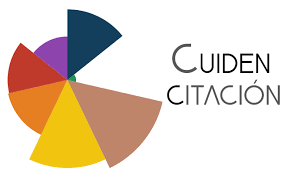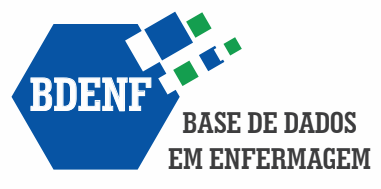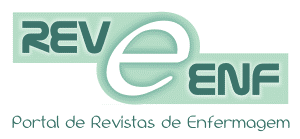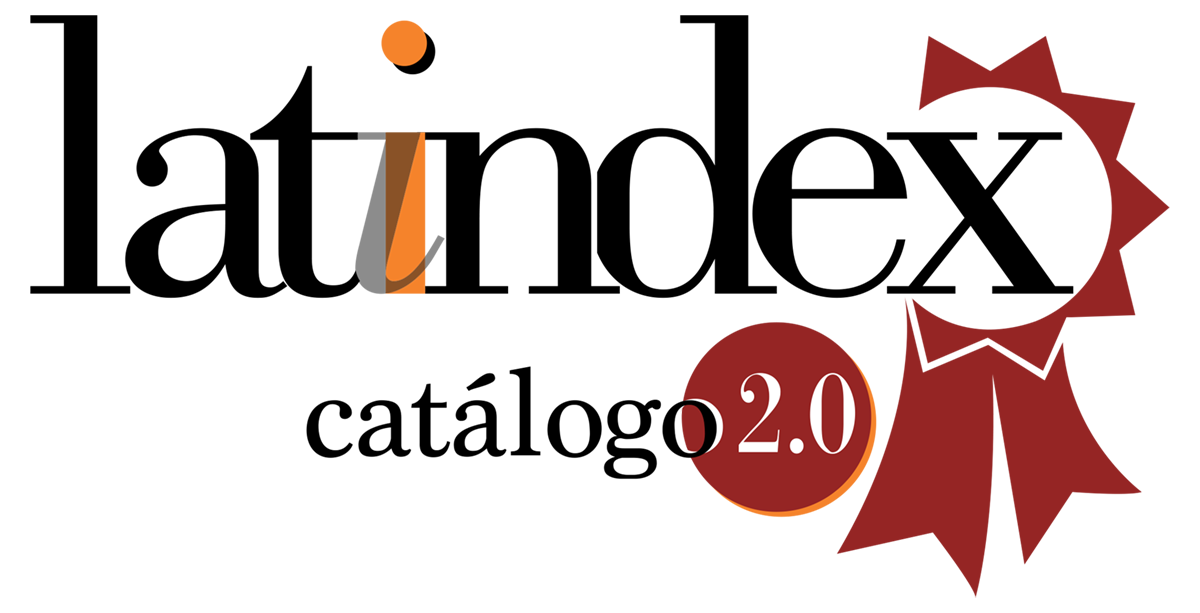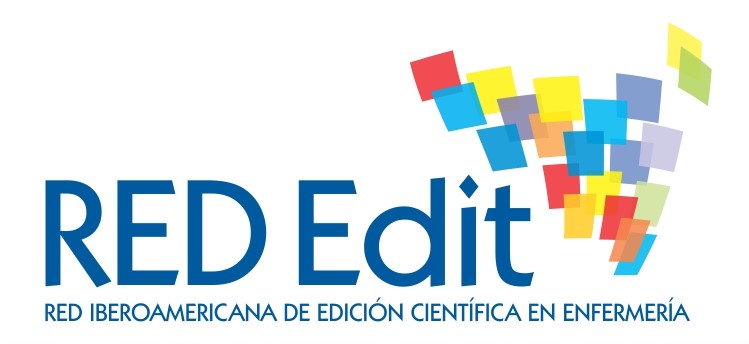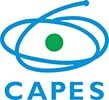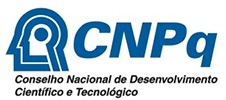Cinema e identidade profissional:
percepções sobre a imagem de enfermeiras no filme pearl harbor
DOI:
https://doi.org/10.5935/1415-2762.20170032Palavras-chave:
Enfermagem, Cinema como Assunto, II Guerra Mundial, Desastres, EnsinoResumo
Objetivos: analisar as percepções de discentes de graduação em Enfermagem sobre o uso da imagem de enfermeiras no filme Pearl Harbor e destacar as contribuições pedagógicas nele contidas para a discussão da identidade profissional da Enfermagem. Métodos: estudo de abordagem qualitativa, descritivo e exploratório, desenvolvido por meio de análise fílmica e entrevistas semiestruturadas com graduandos. Os dados colhidos foram tratados pela análise de conteúdo de Laurence Bardin e discutidos à luz de conceitos da Teoria do Mundo Social de Pierre Bourdieu. Resultados: o estudo revelou quatro categorias que abrangeram diversos aspectos inerentes à prática e à identidade da profissão de Enfermagem, os quais foram simbolicamente retratados no filme em questão. Conclusão: há necessidade de se ampliar o debate acadêmico a respeito dos efeitos gerados por estigmas e estereótipos construídos na contemporaneidade, por meio da veiculação cinematográfica da imagem de profissionais de Enfermagem. Ademais, o cinema foi percebido como estratégico instrumento cultural e pedagógico de definição de distinção e valoração da profissão no campo social.
Downloads
Referências
Price SL, Gillis HL. The history of nurse imagery and the implications for recruitment: a discussion paper. J Adv Nurs. 2014[cited 2017 Jan. 10]70(7):1502-9. Available in: https://www.ncbi.nlm.nih.gov/pubmed/24224541
Mendes IAC, Trevizan MA, Mazzo A, Godoy S, Ventura CAA. Professional marketing and social visibility in Nursing: a strategy for development of human resources. Texto Contexto Enferm. 2011[cited 2016 Jan 11]20(4):788-95. Available from: http://www.scielo.br/pdf/tce/v20n4/19.pdf
Carvalho V. About Lex-Art and the art of Nursing: a (inter) dependence between truth, need and desire to teach and investigate. São Caetano do Sul: Yendis; 2014.
Bourdieu P. The symbolic power. 16ª ed. Rio de Janeiro: Bertrand Brasil; 2012.
Moscovici S. Psychoanalysis, its image and audience. Petrópolis: Vozes; 2012.
Vanoye F, Lété A. Essay on film analysis. 7ª ed. Campinas: Papirus; 2016.
Kreutzer S. After the war: US Americans influence the professionalization of nursing. A new nursing elite is created. The "Hollywood Nurses". Pflege Z. 2011[cited 2016 Dec 20]64(11):688-90. Available from: https://www.ncbi.nlm.nih.gov/pubmed/22097410
Filho C. Hollywood against Nazism: the construction of the film "the German enemy" (1939-1944). Livre de Cinema. 2016[cited 2017 Jan 20]3(3):80-115. Available from: http://relici.org.br/index.php/relici/article/view/93/115
Bardin L. Content analysis. Lisboa: Edições 70; 2015.
Oliveira DC. Analysis of thematic categorical content: a proposal for systematizing. Rev Enferm UERJ. 2008[cited 2016 Nov 10]16(4):569-76. Available from: http://www.facenf.uerj.br/v16n4/v16n4a19.pdf
Laplantine F, Trindade L. What is imaginary. São Paulo: Brasiliense; 2003.
Noronha DP. Considerations on anthropology, cinema and memory: contributions to a methodological construction. Visagem. 2015[cited 2016 Nov 16]1(1):112-29. Available from: http://www.ppgcs.ufpa.br/revistavisagem/edicao_v1_n1/arquivos/consideracoes_sobre_antropologia.pdf
Santos RM, Nascimento YCML. Images of the nurse: films, TV and the real world. Maceió: Edufal; 2013.
Loro MM, Zeitoune RCG, Guido LA, Silveira CR, Silva RM. Unveiling risk situations in the context of Nursing work in urgency and emergency services. Esc Anna Nery Rev Enferm. 2016[cited 2016 Dec 20]20(4):e20160086. Available from: http://www.scielo.br/pdf/ean/v20n4/1414-8145-ean-20-04-20160086.pdf
Thobaity A, Plummer V, Williams B. What are the most common domains of the core competencies of disaster nursing? A scoping review. Int Emerg Nurs. 2017 Mar[cited 2017 Jan 10];31:64-71. doi: 10.1016/j. ienj.2016.10.003. Available from: http://www.internationalemergencynursing.com/article/S1755-599X(16)30163-X/fulltext?rss=yes
Holanda FL, Marra CC, Cunha ICKO. Construction of a Professional Competency Matrix of the nurse in emergency services. Act Paul Enferm. 2014[cited 2016 Dec 12]27(4):373-379. Available from: http://www.scielo.br/pdf/ape/v27n4/en_1982-0194-ape-027-004-0373.pdf
Kneodler TS, Paes GO, Porto FR, Nassar PRB, Oliveira AB. Nursing throughout war times: political propaganda and professional valorization (1942-1945). Rev Bras Enferm. 2017[cited 2017 Jan 20]70(2):407-414. Available from: http://www.scielo.br/pdf/reben/v70n2/0034-7167-reben-70-02-0407.pdf
Gomes AP, Rego S. Transformation of medical education: is it possible to form a new doctor from changes in the method of teaching and learning?? Rev Bras Educ Méd. 2011[cited 2017 Jan 19]35(4):557-566. Available from: http://scielo.br/pdf/rbem/v35n4/a16v35n4.pdf
Downloads
Publicado
Edição
Seção
Licença
Copyright (c) 2017 Reme: Revista Mineira de Enfermagem

Este trabalho está licenciado sob uma licença Creative Commons Attribution 4.0 International License.




